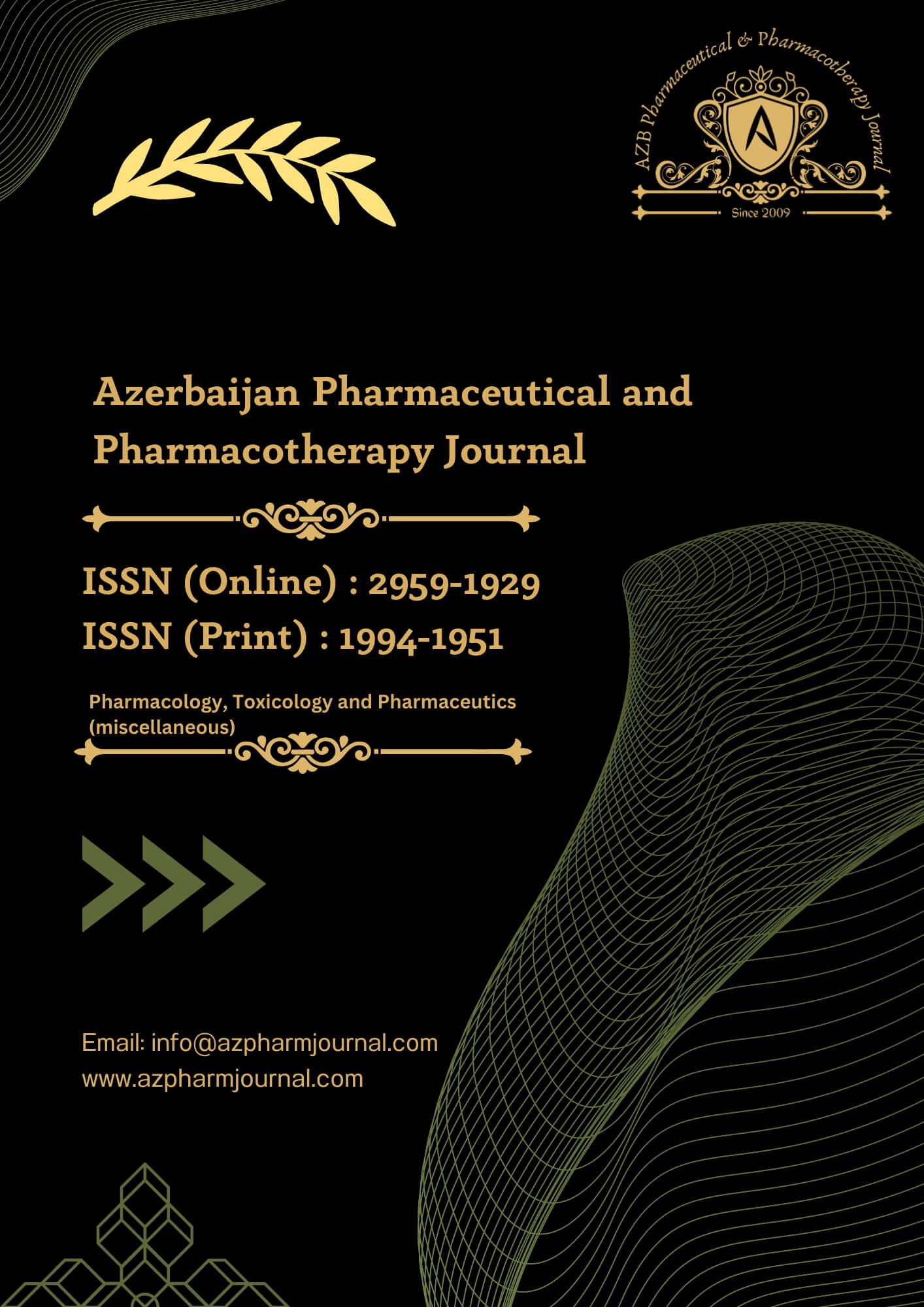The study was conducted at District Hospital Palakkad where the clinical department of Government Medical College Palakkad has been functioning.
- Eligibility criteria: patients admitted to covid hospital who are high risk individuals and has taken two doses of any vaccine against Covid 19 .
- Criteria for high-risk category: age above 60years, diabetes mellitus, obesity, chronic kidney disease, chronic respiratory illness, malignancy, sickle cell anemia, organ transplant recipient, chronic liver disease, cardiac failure, coronary artery disease, systemic hypertension, old cerebrovascular accident, immunocompromised state and any other significant comorbidity which can alter the outcome of COVID
- Inclusion criteria: Patients admitted and treated completely from District Hospital Palakkad.
- Exclusion criteria: Pregnant patients and those adults with past history of COVID 19, those who were not willing to be included are excluded from the study
Variables:
Age, sex, comorbid illness, Respiratory rate, oxygen saturation, CRP, D Dimer, Neutrophil Lymphocyte Ratio, Absolute Neutrophil Count, HRCT scoring or chest X ray findings (whichever is available), requirement of oxygenation and/or ventilator support, disease outcome.
The source of data is the patient himself/herself and medical records.
Appropriate statistical tests are used during the study.
Data sources: patient, medical records No bias encountered Study sample size is 51 .
All the patients admitted and completed treatment during the period of study satisfying the eligibility and inclusion criteria are included in the study.
Statistical methods: Quantitative variables are expressed as mean with standard deviation.
Qualitative variables are expressed as percentage. The first step was identification of eligible cases, second was assessing the clinical, laboratory and radiological parameters and the third was to assess the outcome of the disease.
